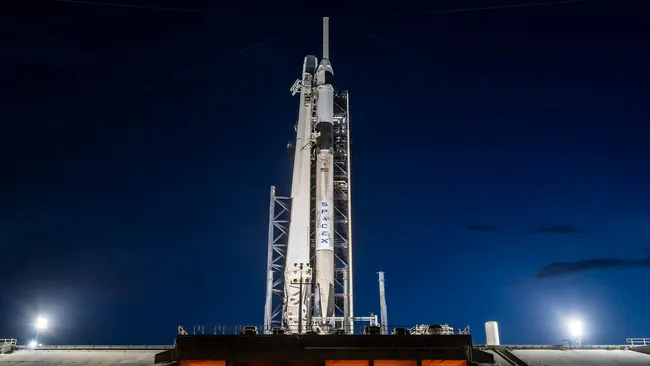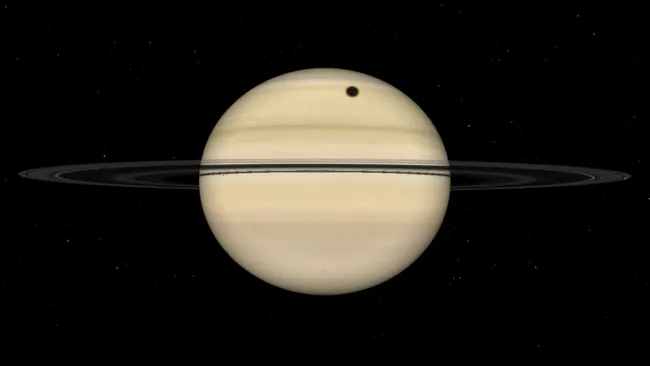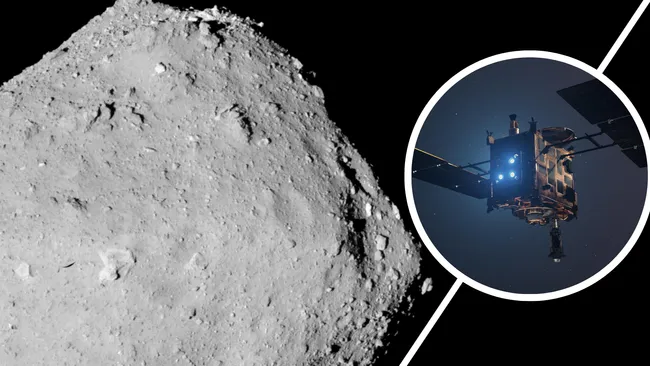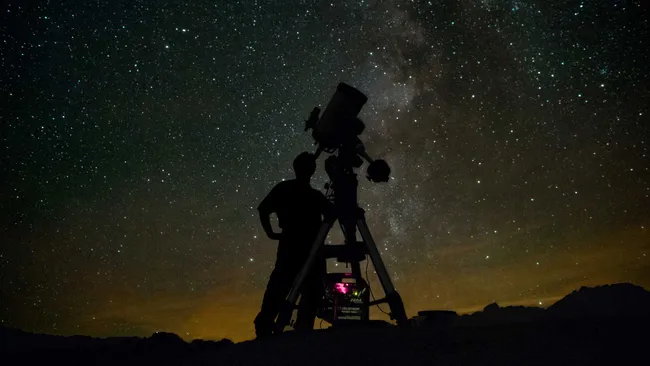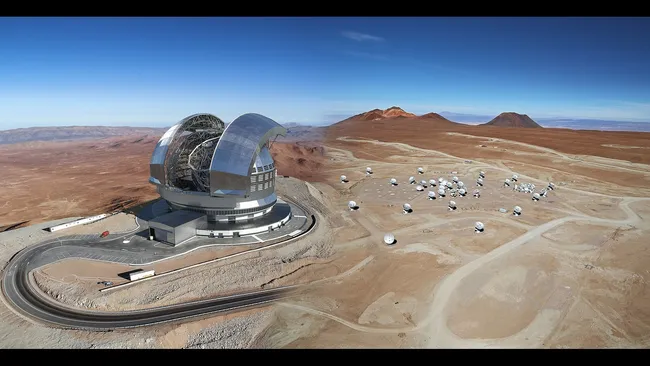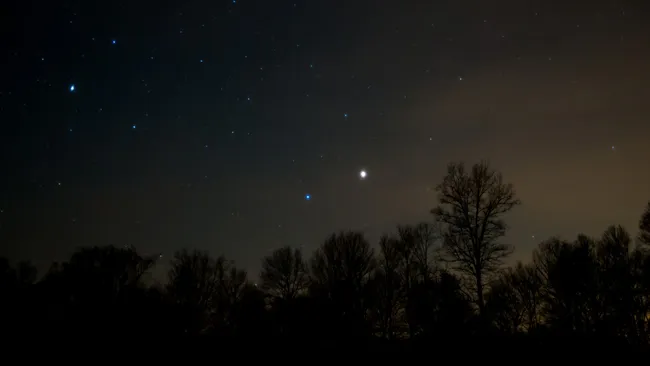The highly anticipated private astronaut mission Ax-4 to the International Space Station (ISS) has been officially delayed due to a liquid oxygen (LOx) leak detected on SpaceX’s Falcon 9 rocket. The mission, which was originally scheduled for launch on Wednesday morning, June 11, 2025, from NASA’s Kennedy Space Center, will now await further notice as repairs are completed.
The delay was confirmed by SpaceX on their official X (formerly Twitter) account Tuesday evening:
“Standing down from tomorrow’s Falcon 9 launch of Ax-4 to the @Space_Station to allow additional time for SpaceX teams to repair the LOx leak identified during post static fire booster inspections…”
LOx, or liquid oxygen, is one of the two key propellants used in the Falcon 9’s Merlin engines, the other being RP-1, a rocket-grade kerosene. The leak was discovered after a static fire test conducted on Sunday, June 8. Static fires are standard pre-launch procedures in which the rocket’s engines are briefly ignited while the booster remains secured to the launch pad.
Bill Gerstenmaier, SpaceX’s vice president of build and flight reliability, discussed the situation during a press conference held Monday, June 9, after the Ax-4 launch readiness review. He revealed that the same leak had appeared during the rocket’s previous flight, specifically during reentry.
“We discovered that we had not fully repaired the booster during refurbishment — or we didn’t find the leak and didn’t get it corrected,” said Gerstenmaier.
Although SpaceX is still troubleshooting the issue, Gerstenmaier expressed optimism, stating that a purge system is being installed to mitigate the leak if it persists on launch day.
“We will be fully ready to go fly,” he affirmed.
The Ax-4 mission is the fourth private astronaut flight to the ISS organized by Houston-based Axiom Space. It will be commanded by Peggy Whitson, a former NASA astronaut known for holding the U.S. record for most cumulative time in space.
The crew includes:
- Shubhanshu Shukla of India (pilot)
- Sławosz Uznański-Wiśniewski of Poland and the European Space Agency (mission specialist)
- Tibor Kapu of Hungary (mission specialist)
None of these nations has ever sent an astronaut to the ISS before, making Ax-4 a historic opportunity.
During their roughly two-week stay aboard the ISS, the astronauts will conduct over 60 science and technology experiments. The mission will conclude with a splashdown in the Pacific Ocean.
Despite the delay, both SpaceX and Axiom Space have emphasized their commitment to ensuring a safe and successful launch. Once repairs are finalized and range availability is confirmed, a new launch date for the Ax-4 mission to the ISS will be announced.

